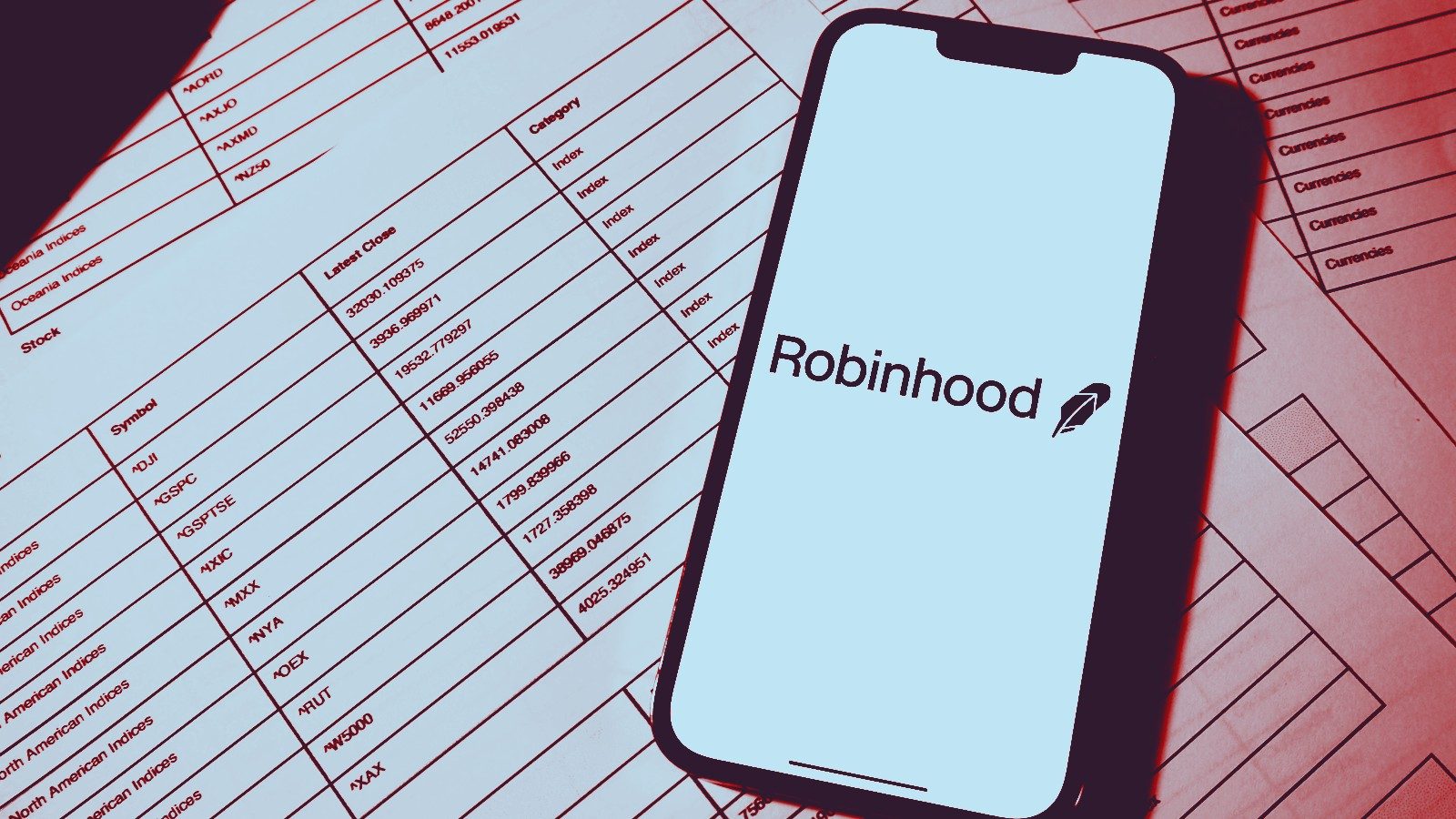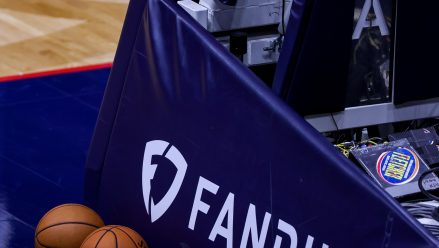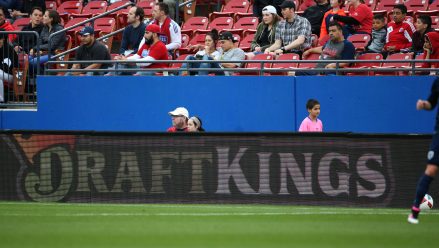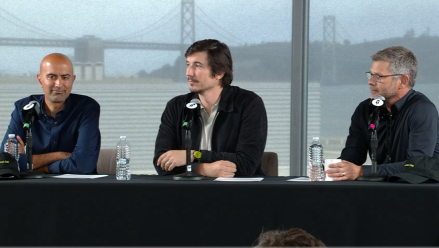Robinhood users traded around $1 billion worth of event contracts on Kalshi markets during the second quarter of the year, the company’s chief financial officer said, likely generating around $10 million in revenue for the business.
In an earnings call following the stock trading giant’s Q2 results Wednesday, Jason Warnick spoke of the company’s success in integrating prediction markets into its offering. The business does not host its own exchange but instead allows its customers access to Kalshi’s markets, charging an additional fee for them to do so.
Warnick said that one billion contracts were traded on Robinhood during the three months ending in June. Each contract is valued at a dollar, meaning trading volume was around $1 billion. He went on to add that cumulative prediction market trading to date — including trades made in March, before the quarter started, and in July, after it ended — came to $2 billion.
“So prediction markets is cumulative now at about two billion contracts,” he said.
Trading volume — the total value of all contracts traded — is the closest equivalent to handle on prediction markets. However, the two are not interchangeable. For example, “cashing out” of a contract before the bet settles does not add to a sportsbook’s handle but does add to a prediction market’s volume.
Warnick noted that a “large percentage” of Robinhood’s prediction market volume came from sports. He did not say what the percentage was but contrasted it with economic markets, which made up around 10% of the total. Topics like politics or technology would have made up some of the remainder, but economics is typically the largest non-sports market on Kalshi during periods without major federal elections. The majority of Kalshi’s volume comes from sports markets.
“In terms of the mix, since we launched, customers have engaged in over 100 million economic contracts, so really nice,” Warnick said. “A large percentage of the transactions in prediction markets are with sports, and we love to see our customers engage in that way as well.”
Not all of Kalshi’s markets are available on Robinhood, but Warnick suggested that the app was hoping to expand its offering.
“I think over time, what you’re going to see is we’ll continue to add selection across all elements of culture, whether it’s things that would be on the front page to the business section to the sports page,” he said. “And I think we can tell by the engagement by customers that it’s a product that is resonating.”
According to InGame analysis, Kalshi’s volume in the quarter — minus April 1, for which data was unavailable — was $1.87 billion. That would mean that more than half of Kalshi’s volume over the period came from Robinhood.
Kalshi fees a fraction of Robinhood revenue
Unlike Kalshi, which uses a dynamic fee system to charge users differently depending on the odds of their trade, users pay a flat one-cent fee on every event contract by Robinhood, on top of the fees applied by Kalshi. This means $1 billion worth of trades would yield $10 million in fees for Robinhood.
That’s a small share of Robinhood’s overall business. The company made $889 million in revenue during the quarter.
Not every state has published state-regulated sportsbook revenue for June, but the $10 million total would likely represent around 0.3% of the total sports betting market.
According to InGame analysis, Kalshi made $19.3 million in its regular trading fees from April 2 to June 30. Data for April 1 was again unavailable. Combined, that would mean users of Kalshi’s markets paid around $30 million in trading fees between Kalshi itself and Robinhood.
Kalshi makes additional money from “maker fees,” charged for users on certain markets who offer open bets for other users to take. However, many resting orders are placed by designated market makers, who receive significant rebates in return for providing a certain volume of bets. As a result, the total impact of maker fees is likely to be small.
Kalshi also operates its own market maker — Kalshi Trading — that may make additional money for the business.
Robinhood event contract expenses are low
Unlike traditional sportsbooks or Kalshi, Robinhood’s costs to offer event contracts are low. Most of the technology and platform costs would be paid by Kalshi, while Robinhood also doesn’t face sports betting taxes and does not offer promotions on the scale of those offered by sportsbooks.
Analysis from Sporttrade CEO Alexander Kane and COO David Huffman on their Buy Low Sell High Substack estimated that almost 95% of Robinhood’s gross revenue from sports event contracts would flow through to gross profit. In contrast, they estimated around 60% of FanDuel’s revenue becomes gross profit.
The business is able to offer Kalshi markets due to its status as a CFTC-registered Futures Commission Merchant (FCM), which partners with a designated contract market in Kalshi. For sportsbook operators that wish to get involved in prediction markets, FCM status is one way to do so, so Robinhood’s prediction market performance may be closely watched by operators attempting to work out the size of the opportunity in the space.






